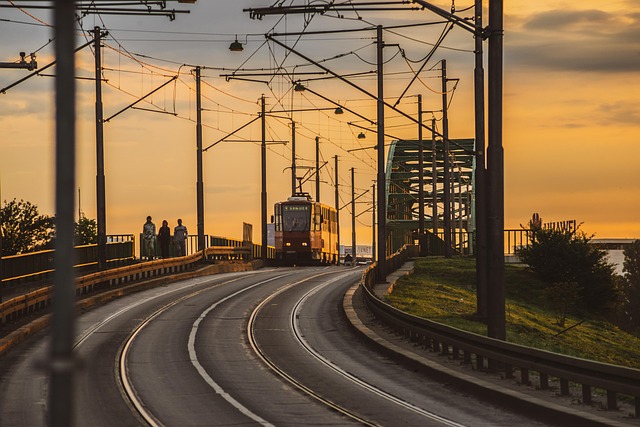The impacts of climate change are no longer just distant threats; they are occurring right now, manifesting as extreme weather events that challenge our communities and ecosystems. As the climate warms, we are witnessing more frequent and severe storms, floods, and heatwaves that not only disrupt our daily lives but also threaten our environment. In this crucial moment, green infrastructure has emerged as a beacon of hope, providing innovative solutions to help us build resilience against these challenges.
Green infrastructure refers to a network of natural and semi-natural systems that enhance urban and rural environments. These systems include parks, green roofs, rain gardens, permeable pavements, and urban forests. By mimicking natural processes, green infrastructure works to manage stormwater, reduce urban heat, and improve air quality while providing myriad social and ecological benefits.
A key advantage of green infrastructure in combating climate change is its ability to mitigate the impact of extreme weather events. During heavy rainfall, traditional gray infrastructure often leads to overwhelmed sewage systems and flooding. Conversely, green infrastructure facilitates better stormwater management by allowing water to infiltrate the soil instead of flooding streets. For example, rain gardens can absorb excess water, filtering pollutants and replenishing groundwater supplies simultaneously. These features not only protect local ecosystems but also safeguard community health and safety.
Additionally, urban areas often suffer from the heat island” effect, where built environments become significantly warmer than their rural counterparts. Green roofs and green walls create more vegetation in cityscapes, providing shade and improving air circulation. By investing in these green solutions, cities can lower their temperatures, leading to reduced energy consumption and improved public health outcomes during extreme heat events.
The role of green infrastructure in climate adaptation also extends to biodiversity. By creating habitats within urban environments, we can promote biodiversity and ensure the survival of various plant and animal species. This is essential not just for ecological balance but also for the resilience of our natural systems, which can better respond to climate changes when they are diverse and robust.
Moreover, the mental and physical benefits of green spaces cannot be overlooked. Parks and natural areas provide vital opportunities for recreation and stress relief, enhancing community well-being. In times of extreme weather, these green refuges can serve as crucial hubs for community support and solidarity, allowing residents to come together and respond to challenges with strength and cohesion.
As governments and organizations increasingly recognize the necessity of green infrastructure, many cities are developing comprehensive plans to integrate these practices into their urban designs. Investing in green infrastructure not only addresses the immediate repercussions of extreme weather but also fosters long-term sustainability, promoting an environmentally conscious future that aligns with our urgent need to combat climate change.
In each storm we weather and every heatwave we endure, our communities are being tested. The time to act is now, and embracing green infrastructure could be our strongest ally in this fight against climate change. By cultivating resilience through nature-based solutions, we pave the way toward a safer, greener, and more sustainable future for all.




